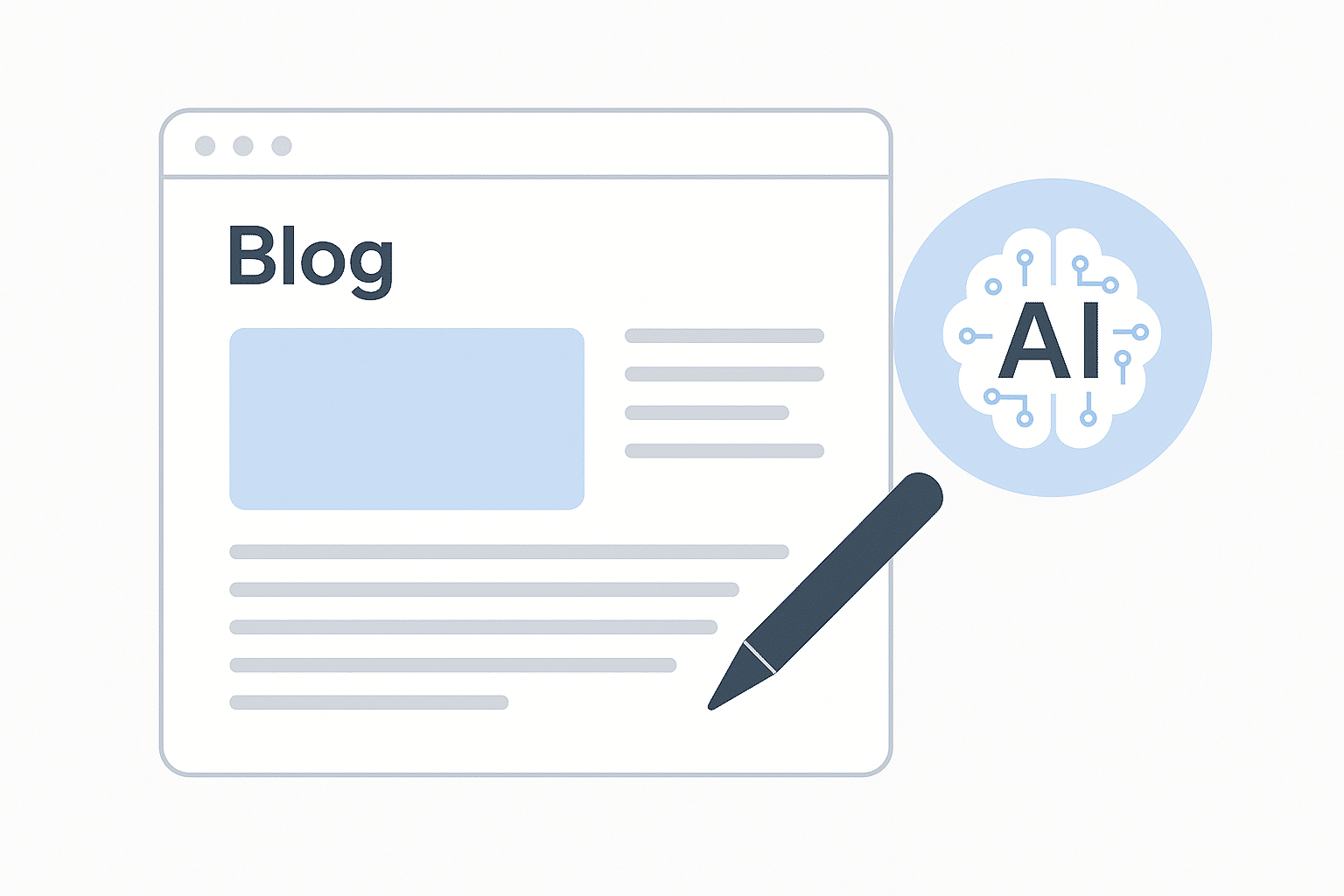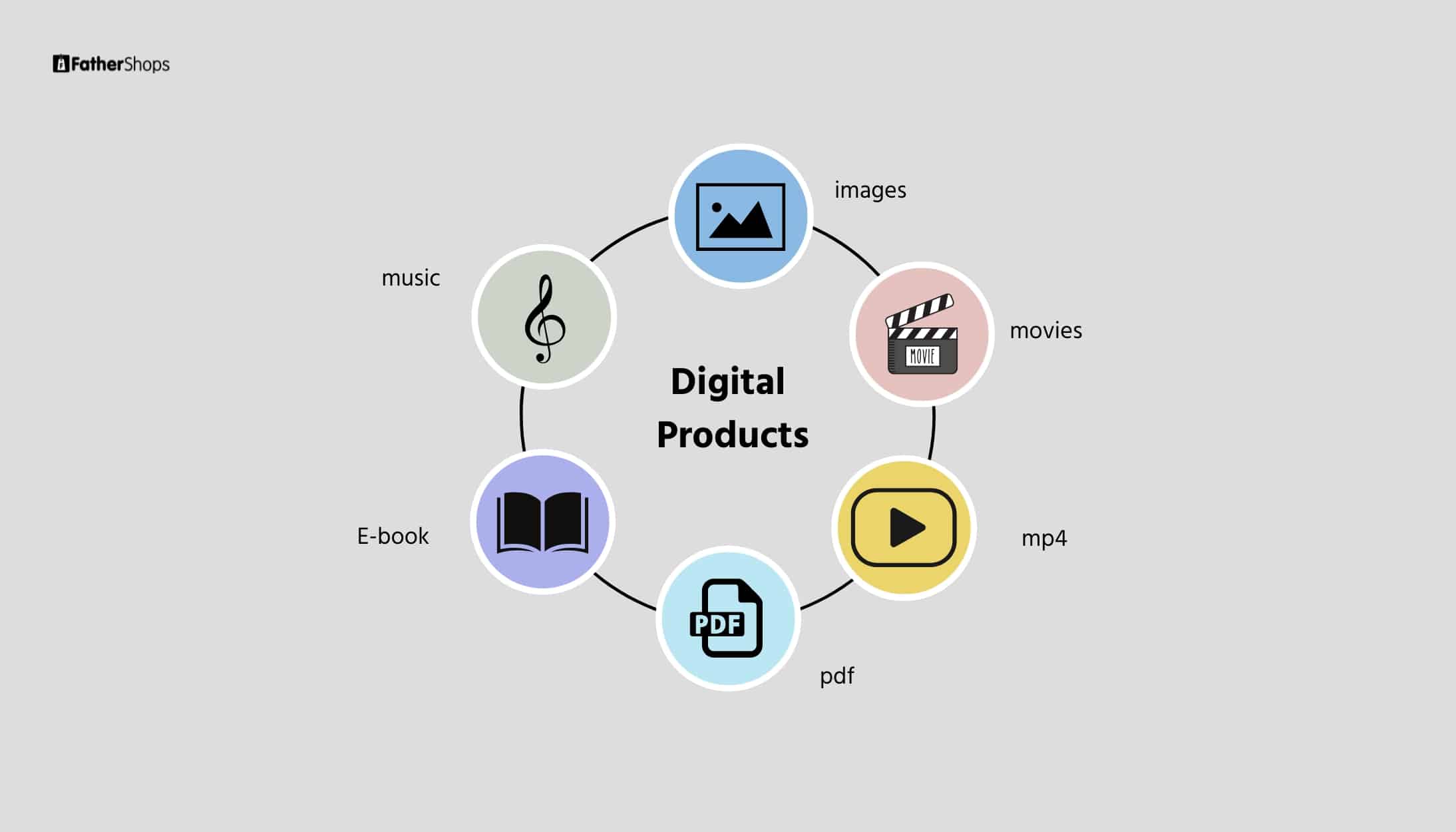Table Of Content
- Introduction: Blogging in the AI Era
- The Rise of AI Writing Tools
- How AI Can Help Entrepreneurs Blog Better
- Why Human Oversight Still Matters
- Pros and Cons of Using AI to Write Blogs
- What Google Actually Says About AI-Generated Content
- Best Practices for Using AI to Write Blog Posts
- Final Thoughts: Should You Use AI or Not?
Blogging remains one of the most effective ways for entrepreneurs to build authority, connect with their audience, and drive consistent traffic. But let’s face it—keeping up with regular posts can be overwhelming. If you’ve ever stared at a blank page wondering how to start, you’re not alone. That’s where AI writing tools come in—a growing trend that’s transforming how entrepreneurs create and manage blog content more efficiently.
In this blog, we’ll learn how AI blog writing tools can enhance your content creation process. You’ll discover their pros and cons, best practices for getting the most out of them, and insights to help you decide whether blogging with AI is the right fit for your business.
Introduction: Blogging in the AI Era
Content marketing continues to be one of the most powerful ways for entrepreneurs to build visibility, establish authority, and drive long-term growth. Whether you’re running an ecommerce store or a service-based business, a well-maintained blog can significantly boost your online presence. However, the reality is that maintaining a blog requires consistent effort, creativity, and time—resources that are often stretched thin for busy entrepreneurs.
This is where AI blog writing tools come into play. Over the past few years, the rise of AI-generated content has transformed how businesses approach content creation. These tools offer the ability to brainstorm topics, draft posts, and even optimize for SEO—all at a fraction of the time it would take manually.
But while blogging with AI sounds like the perfect solution to keep your content calendar full, it raises an important question: Should you trust AI with your blog’s voice, quality, and strategy? In this guide, we’ll explore how AI fits into the blogging landscape, its benefits and risks, and what smart entrepreneurs need to consider before starting.
The Rise of AI Writing Tools
In just a few short years, AI-powered writing tools have shifted from novelty to necessity for many entrepreneurs and marketers. Platforms such as ChatGPT, Jasper, and Gemini have become widely recognized for their ability to streamline the blog writing process, offering support at every stage—from idea generation to final edits.
According to a 2023 industry report, over 60% of marketers now rely on AI to assist with content creation, a figure that’s expected to rise as tools continue to improve in sophistication. For entrepreneurs—especially those running lean operations—this shift has been a game-changer. With AI blogging tools, it’s now possible to maintain a consistent publishing schedule without the need for a full content team.
The appeal lies in both speed and cost-efficiency. By using AI to draft blog posts, create outlines, or suggest SEO improvements, entrepreneurs can focus more on strategy and less on the time-consuming aspects of writing. As AI-generated content becomes more accepted, these tools have cemented their place in the modern entrepreneur’s toolkit.
How AI Can Help Entrepreneurs Blog Better
For entrepreneurs juggling multiple responsibilities, maintaining a consistent blog can feel overwhelming. This is where AI blogging tools truly shine. By automating parts of the content creation process, these tools help you stay on schedule without compromising on quality.
Here’s how AI can enhance your blogging workflow:
1.Brainstorming Ideas: One of the biggest challenges in content marketing is coming up with fresh, relevant topics. AI blog writing tools can analyze your niche, audience interests, and current trends to suggest creative and timely blog ideas—keeping your content pipeline full.

2.Drafting Blog Outlines: A solid outline is the backbone of any well-structured post. AI-generated outlines can quickly organize your thoughts logically, saving you time and ensuring your posts stay focused and clear.
3.Writing First Drafts: Need to produce content fast? AI-generated content can provide you with full-length drafts in minutes. While these drafts often need refinement, they offer a valuable starting point that speeds up the writing process.
4.Editing and Proofreading: Tools like Grammarly, ProWritingAid, and AI-powered in-app editors help polish your content by identifying grammar mistakes, awkward phrasing, and tone inconsistencies. This ensures your posts maintain a professional and polished finish.
5.SEO Support: Search engine visibility is crucial for any blog. Many AI platforms now include SEO optimization features, offering keyword suggestions, meta descriptions, and formatting tips to help your posts rank higher and attract organic traffic.
For entrepreneurs using FatherShops, these tools integrate seamlessly with your ecommerce strategy. By pairing AI blog writing with FatherShops’ robust platform, you can create engaging, traffic-driving content that supports your store’s growth—without the usual time and effort.
Why Human Oversight Still Matters
While AI blogging tools are powerful, they are not a complete substitute for human insight. No matter how advanced AI-generated content becomes, it still lacks the ability to fully grasp the nuance, emotion, and authenticity that define a strong brand voice.
Google’s guidelines are clear: content must be “helpful and people-first,” whether it’s created by a human or assisted by AI. This means that even the best AI blog writing tools require human supervision to ensure that your content meets quality standards and genuinely serves your audience.
Here’s why human oversight is essential:
1.Fact-check claims: AI can sometimes include outdated or incorrect information. Always review your content to confirm that statistics, facts, and references are accurate and up to date.
2.Edit for authenticity: Even the most polished AI-generated blog posts can sound generic. Add personal anecdotes, case studies, or unique perspectives to make your content feel original and trustworthy.
3.Infuse your brand’s unique tone: Your brand’s voice sets you apart from competitors. AI may provide a solid draft, but only you can ensure it reflects your brand’s personality, values, and messaging.
Think of AI as your assistant—not your replacement. Use it to enhance productivity, but rely on your expertise to craft content that resonates and converts.
Pros and Cons of Using AI to Write Blogs
Like any tool, AI blogging tools come with both advantages and limitations. For entrepreneurs, understanding these pros and cons is essential to making the most of what AI has to offer—while avoiding common pitfalls.
✅ Pros of Using AI Blog Writing Tools:
1.Saves time and effort: AI can handle repetitive tasks such as drafting and outlining, allowing you to focus on strategy and growth. Many entrepreneurs find that AI-generated content speeds up their workflow by 50% or more.
2.Keeps content pipelines full: Consistency is key in content marketing. AI blogging tools help maintain a steady flow of blog posts, even when your schedule is packed.
3.Boosts productivity across brainstorming, writing, and editing: From generating blog topic ideas to refining your final draft, AI can support every step of the blogging process, helping you achieve more in less time.
⚠️ Cons of Using AI Blog Writing Tools:
1.May sound generic without edits: AI often produces content that’s grammatically correct but lacks depth or originality. It’s essential to add your unique perspective to keep your audience engaged.
2.Requires fact-checking: AI-generated content can include outdated or incorrect information. Always verify facts, stats, and references before publishing.
3.Can’t fully replace personal voice or insights: Your brand’s voice is one of your most valuable assets. While AI can assist with structure and flow, it can’t replicate your authentic tone or personal expertise.
What Google Actually Says About AI-Generated Content
There’s been a lot of debate about how search engines view AI-generated content, but Google’s stance is surprisingly straightforward. In early 2023, Google’s Search Central Blog clarified:
“Using AI to generate content is not against our guidelines, as long as it’s not used to manipulate search rankings and the content is useful for users.”
This means that content created with AI blog writing tools is perfectly acceptable—as long as it’s valuable, original, and written for real people, not just for algorithms.
Google consistently emphasizes that content must be “helpful, reliable, and people-first.” Whether your blog posts are drafted by a human or with the help of AI, the key is to ensure they provide real value and meet high editorial standards.
However, there’s an important caveat. Google’s spam policies strictly penalize any content created solely to game search rankings—for example, thin or repetitive content generated by AI without human oversight. This type of low-quality material can damage your site’s reputation and visibility.
A recent HubSpot survey found that 43% of marketers using AI-generated content rely heavily on human editors to maintain quality, authenticity, and relevance. This highlights the importance of treating AI as a supportive tool rather than a set-it-and-forget-it solution.
AI blog writing tools are valuable allies in your content strategy, but long-term success depends on blending AI efficiency with human judgment and creativity.
Best Practices for Using AI to Write Blog Posts
To get the best results from AI blog writing tools, it’s essential to approach the process with strategy and care. While AI can streamline your workflow, the quality of your content depends on how you guide and refine its output.
Here are some best practices every entrepreneur should follow:
1.Set clear prompts and provide context: AI performs best when it has specific instructions. Instead of vague commands, supply detailed prompts that include your target audience, tone of voice, and key points you want to cover. This helps generate AI-generated content that’s more aligned with your brand’s goals.
2.Always review, edit, and refine drafts: AI can create a solid first draft, but human oversight is crucial. Review the entire post to ensure accuracy, clarity, and consistency. Edit for flow, readability, and to reinforce your unique brand voice.
3.Add real-life examples or case studies: One limitation of AI is that it can’t pull from your personal experiences. Strengthen your blog posts by adding case studies, success stories, or real-world insights that showcase your expertise and make your content more relatable.
4.Use SEO tools to check keyword integration: While many AI blogging tools offer basic SEO support, it’s wise to run your drafts through dedicated SEO tools like Semrush or Ahrefs. This ensures your AI-generated blog posts are properly optimized for search engines without keyword stuffing.
By following these best practices, entrepreneurs can harness the full potential of AI while maintaining high editorial standards and delivering real value to their readers.
Final Thoughts: Should You Use AI or Not?
There’s no doubt that AI blog writing tools have reshaped the content creation landscape. For entrepreneurs, especially those managing ecommerce stores or digital businesses, these tools offer an efficient way to maintain a consistent blogging schedule and boost productivity.
However, it’s important to remember that AI-generated content is only as effective as the human strategy behind it. While AI can handle the heavy lifting—brainstorming, drafting, and optimizing—your personal insights, brand voice, and industry expertise remain irreplaceable.





